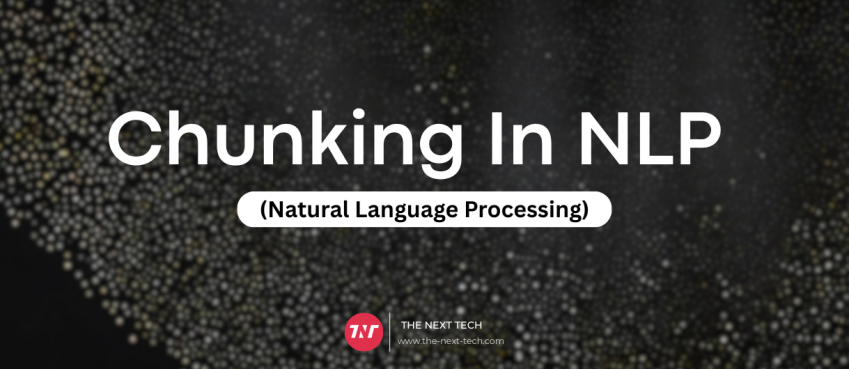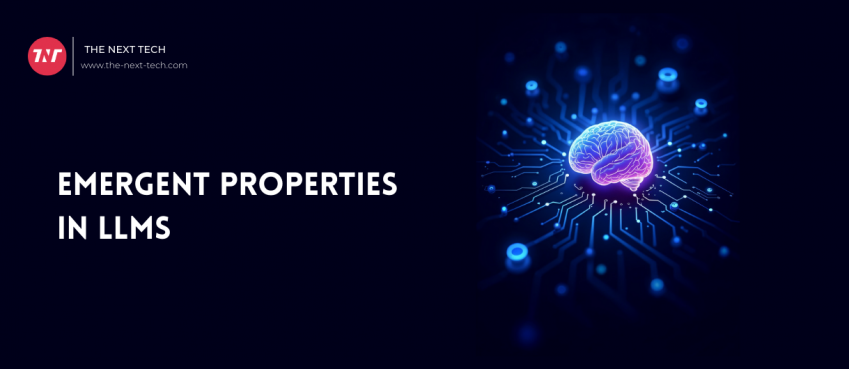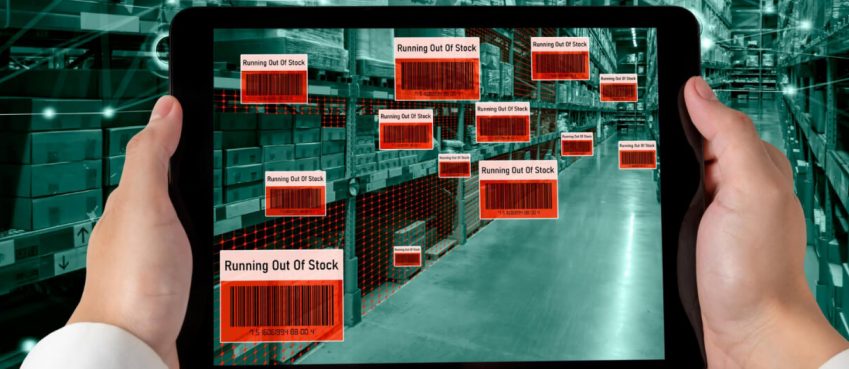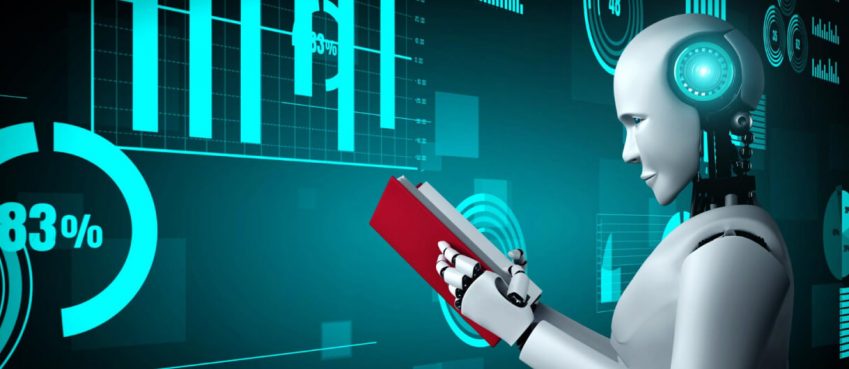
With the passage of time, artificial intelligence and machine learning continue to advance and strengthen their capabilities.
Let me draw an instance from recent advancement made in deep learning (a part of the machine learning process) called liquid neural networks by MIT researchers.
Basically, neural networks act as a human brain that uses interconnected nodes or neurons in a layered structure, used to train machine learning to prompt better and grow stronger.
In the light of innovation, MIT researchers have developed a neural “liquid” network that enhances the ability to analyze time series data.
| What is time series data?
Time series data is a kind of data that is recorded over regular intervals of time. In this, there is an always independent variable and at least one dependable variable that depends on that time variable. |
Indeed, with the new interaction “liquid neural networks” would gently help every scientist and data researcher build a strong computation algorithm that aids AI to drive accurate responses and results in real-time.
Continuing our blog, explore everything about liquid neural networks that we know so far.
Also read: The Top 10 Digital Process Automation (DPA) ToolsWhat Are Liquid Neural Networks?
MIT researchers called a new interaction made in neural networks with “liquid” because of its nature of versatility and flexibility it offers.
In technical terms, it is named liquid because these neural networks can change their underlying equations to continuously adapt to new data inputs.
This concludes a kind of neural network or human brian that could learn, decide, and react based on data streams that change over time in real time.
This interaction and its advantages opened up a new fortune in the field of robotics, self-driven vehicles, natural language processing, video processing, and any field of study with time series data processing.
What Is The Difference Between Liquid Neural Networks And Neural Networks?
So, what’s new about Liquid neural networks compared to standard neural networks.
Here’s a tabular difference between liquid neural networks and neural networks:
| Basis | Neural Networks (NNs) | Liquid Neural Networks (LNNs) |
|---|---|---|
| Architecture | NNs typically consist of input, hidden, and output layers of neurons. The connections between these layers are densely structured and often feedforward, with fixed weights during training. | LNNs have a unique architecture. They feature a “liquid” layer composed of interconnected neurons, often with random or semi-random connections. |
| Fixed vs. Dynamic Connections | The connections between neurons have fixed weights that are updated during training. | LNNs emphasize the dynamic nature of connections within the liquid layer. |
| Task Adaptation | NNs are often designed for specific tasks and require fine-tuning or retraining for new tasks. | LNNs are more adaptable to a wide range of tasks due to their dynamic liquid layer. |
| Application Focus | NNs are commonly used for various machine learning tasks, such as image recognition, natural language processing, and regression. | LNNs are applied to tasks, such as speech recognition, time-series analysis, and tasks where the underlying data exhibits dynamic behavior. |
| Industry usage | NNs can be applied in finance, healthcare, eCommerce, Natural language processing, autonomous vehicles, etc. | LNNs can be applied in speech recognition, time-series analysis, robotics, Internet of Things, cognitive science, pattern recognition in complex data, and similar fields of interest. |
| A big difference to note!
In neural networks (NNs) data performs non-consecutively making them inefficient at handling real-time data. In liquid neural networks (LNNs), data performs consecutively over intervals of time, making it learn on the job, not only during the training phase. |
What Are The Benefits Of Liquid Neural Networks?
Liquid neural networks pose unique architecture for deep learning matters. Making it lucrative and ubiquitous for time-series processing projects at a glance.
Ironically, its unique structured algorithm contributes in various fields of study such as robot control, natural language processing, video processing, self-driving vehicles, medical diagnostic applications, and financial data.
Another advantage of liquid networks is that it can be applied in any form of time-series based projects, thanks to algorithm’s equation flexibility.
Due to its algorithm’s ability to adapt to new data inputs could help scientists, developers, and analysts tackle project’s complications at ease.
Use Cases Of Liquid Neural Networks
Usually, neural networks are involved at every process of deep learning curves. But liquid neural networks implies use cases that involve continuous sequential data.
Examples of use cases of LNNs:
1. Natural Language Understanding
LNNs are capable of handling and answering natural language text sequences. More of it, they are very good at understanding the underlying emotion behind the text.
With LNN’s abilities such as real-time learning and dynamic topology, it becomes easier to analyze the evolving dialect and new phrases, allowing for more accurate sentiment analysis.
2. Image & Video Processing
The dynamics of LNNs allows its algorithms to understand, improve, and perform image-processing and video-based tasks such as object tracking and scene recognition.
Recently, MIT researchers performed a small test using drones that can be guided by a small 20K parameter LNN model.
Thus, this innovation would significantly help in navigation and learning environments.
3. Time Series Data Processing
LNNs are purpose-built for time series data processing and forecasting. The model is designed on top of new iteration “liquid” neural networks that empowers unique algorithm structure while modeling time series data.
Its dynamic ability for modeling time series data helps understand the world correctly, increasing its applications for robot controls, self-driving vehicles, and environmental studies.
How Do Liquid Neural Networks Work?
The working architecture of liquid neural networks is unique and often based on recurrent neural networks that processes data in time series.
Its unique equation and architecture gives the model the ability to learn, react, and predict the circumstance of a situation with higher occurrence than traditional neural networks.
It works in this manner, at each prediction step, the liquid neural network is computing both the predicted outcome as well as the formation of the next hidden state, evolving in time.
This type of prediction carried by LNNs is highly powerful and good for solving highly complex algorithms where continuous flow of data is involved.
Also read: What Is No Code Predictive Analytics? How To Build Using N8N, Google Colab, Akkio & Others?In The End
Liquid Neural Networks (LNNs) is truly an impeccable achievement discovered by MIT researchers. As it poses several strengths, it makes deep learning processes complex-free and robust.
Many use cases have been forefront including third-party entities. One such popular application of LNNs is robotics and self-driving vehicles.
LNNs have a long way to go and explore real-time events. Let’s see what more it brings for technology and modern science.
Top 10 News
-
01
Top 10 Deep Learning Multimodal Models & Their Uses
Tuesday August 12, 2025
-
02
10 Google AI Mode Facts That Every SEOs Should Know (And Wha...
Friday July 4, 2025
-
03
Top 10 visionOS 26 Features & Announcement (With Video)
Thursday June 12, 2025
-
04
Top 10 Veo 3 AI Video Generators in 2025 (Compared & Te...
Tuesday June 10, 2025
-
05
Top 10 AI GPUs That Can Increase Work Productivity By 30% (W...
Wednesday May 28, 2025
-
06
[10 BEST] AI Influencer Generator Apps Trending Right Now
Monday March 17, 2025
-
07
The 10 Best Companies Providing Electric Fencing For Busines...
Tuesday March 11, 2025
-
08
Top 10 Social Security Fairness Act Benefits In 2025
Wednesday March 5, 2025
-
09
Top 10 AI Infrastructure Companies In The World
Tuesday February 11, 2025
-
10
What Are Top 10 Blood Thinners To Minimize Heart Disease?
Wednesday January 22, 2025







